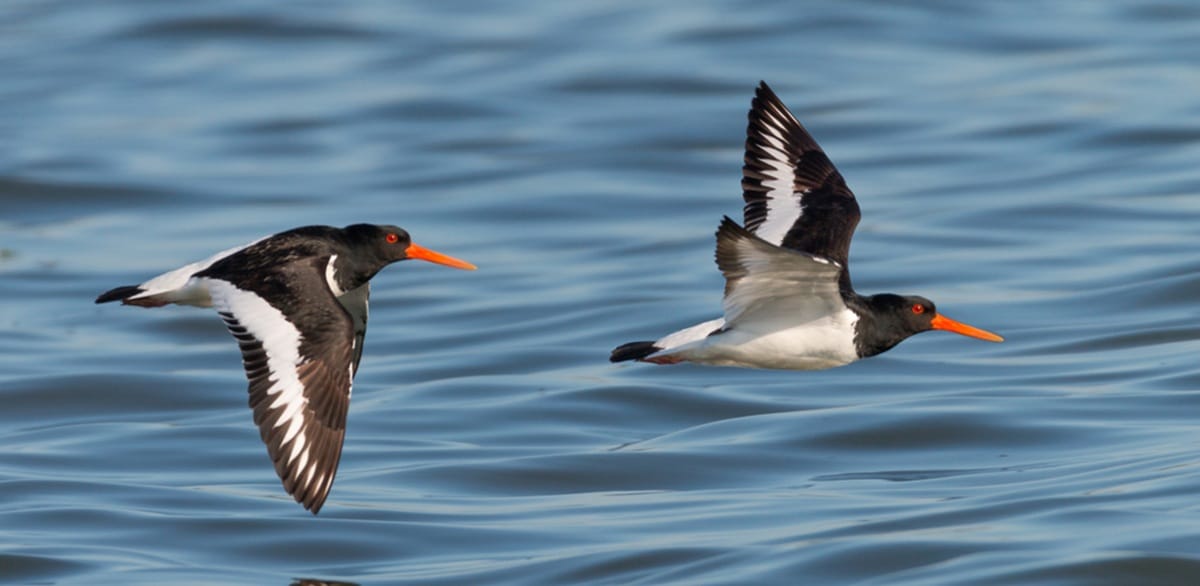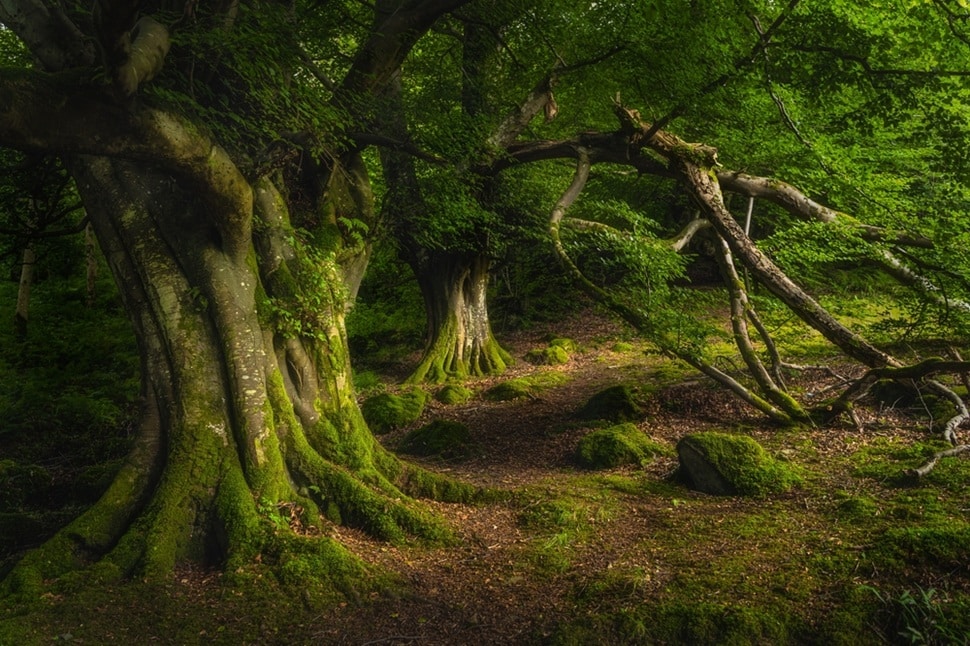
The outlook for Britain’s wildlife is mixed. Some species are making modest comebacks after targeted action; others are sliding towards local extinction. For readers who care about nature, we look at which protected species are most at risk, how we know they’re slipping through the net, and what’s being done – if anything – to stop the slide.
Here we explain the monitoring and legal safety-net for protected species, highlight species that are doing well and those in serious trouble, outline the main threats, and describe the programmes and policies aimed at reversing declines.
How we identify protected species in trouble: the safety net and monitoring system
There is a surprisingly broad and active monitoring system for protected species – but it’s not perfect.
- State of Nature is the UK’s big picture assessment, produced by a coalition of organisations – the British Trust for Ornithology (BTO); Royal Society for the Protection of Birds (RSPB); Wildlife Trusts and others. The 2023 report found that species studied have declined on average by 19% since 1970, and that nearly one in six species are threatened with extinction from Great Britain.
As the report states:
We have never had a better understanding of the State of Nature and what is needed to fix it.
- Species Red Lists and Birds of Conservation Concern. The BTO and RSPB provide species-specific threat assessments. Birds of Conservation Concern (BOCC) is the UK’s bird checklist and alert system; it flags species of principal importance that need targeted action.
- Statutory protection: many species are protected under the Wildlife and Countryside Act 1981 which schedules protected species that are illegal to kill, take or disturb, such as bats and great crested newts. Natural England (and equivalent bodies in the devolved nations) issue licences for moving protected species where necessary. The Joint Nature Conservation Committee (JNCC) collates UK conservation designations and status.
- On-the-ground monitoring: charities and volunteer schemes (BTO bird surveys, Mammal Society, People’s Trust for Endangered Species, hedgehog surveys, local biological records) feed data into national assessments. That citizen science network is the backbone of how we detect declines in protected species. The State of Nature report and many non-governmental organisations (NGOs) stress that monitoring has improved but action and funding often lag.
- Finally, recent government initiatives like the Species Recovery Programme and funding packages from Natural England aim to channel money into targeted local nature recovery strategies and projects, but these are selective and competitive. New calls for ideas and capital grants are part of the push to scale up nature recovery actions to help protected species.

The key problems facing protected species
A handful of recurring pressures explain most declines:
- Habitat loss and agricultural intensification. Modern farming (bigger fields, fewer hedges, loss of veteran trees and mixed habitat) is the single biggest long-term driver of farmland species decline. The State of Nature report highlights how many protected species of bird have fallen sharply on farmland. Habitat is also lost due to the granting of planning permission for development schemes. The way that planning conditions are imposed and monitored when it comes to planning applications is also a factor in habitat loss.
- Predation and invasive species. On islands and where there are local strongholds, invasive predators such as stoats can devastate ground-nesting birds such as curlews and waders. Predator control programmes can help but they are politically and logistically difficult. The Orkney curlew project is a recent example of predator control producing measurable gains for a protected species after stoat eradication began.
- Climate change and extreme weather conditions. Changing seasons, heatwaves, heavy rains and shifting insect emergence all have adverse impacts on protected species, primarily affecting breeding success and food availability. The State of Nature authors say we know what to do but need much more scale and investment.
- Hunting and mortality on migration. Some species, like the turtle dove, were decimated by hunting along migration routes as well as by habitat loss. Recent restrictions on hunting in parts of Europe have helped the turtle dove population in western Europe, but UK numbers remain fragile; to give this species a completely breathable future, local recovery still needs habitat and nest protection.
- Disease and pollution. New data from Defra shows that avian influenza and other diseases have hit seabirds and waterfowl in recent years, while chemical pollution reduces insect prey for many species.
- Insufficient policy or funding at scale. Monitoring often identifies trouble early, but major funding and land-use changes are required to turn the tide; planning applications for development can put areas of key habitat at risk. NGOs and scientists repeatedly warn that current action is too small for the scale of the crisis.
Protected species slipping through the gaps
Here are several high-profile examples of protected species that are currently struggling in the UK.

Curlew: Britain’s iconic long-billed wader is a red-listed species. Long-term declines from habitat loss, predator pressure and disturbance have left the curlew in peril in many parts of the UK. The RSPB’s UK Curlew Action Plan (2025) calls for urgent, coordinated action and a recovery task force to halt declines. Local nature recovery strategies (predator management, nest protection and habitat restoration) show promise, but the outlook for this iconic protected species remains fragile without national scale support.

Turtle Dove: Once common, turtle dove numbers have crashed by around 98% in England since the 1970s. Recent international hunting restrictions in western Europe have helped the species rebound on the continent (a reported 40% rise in western Europe 2021–24), and UK conservation efforts such as Operation Turtle Dove focus on habitat (wild seed provision, nesting cover) and captive breeding and release in some places. But the UK population is still vulnerable and needs habitat scale-up.

Water vole: Once widespread, numbers plummeted after mink invasion and habitat loss. Targeted work (mink control and habitat restoration) has halted or reversed declines in key areas: a 2024 national database shows recoveries in 11 strongholds, though overall distribution remains far below historic levels. Continued, sustained action is vital to help this protected species.

Hedgehogs: Since 2000, hedgehogs have declined nationally by up to 30–75% though garden sightings have risen slightly in recent surveys. They’re classified as “near threatened” on the International Union for Conservation of Nature’s UK red list: threats include habitat fragmentation, road mortality and pesticide use. Conservation groups including the People’s Trust for Endangered Species and the British Hedgehog Preservation Society coordinate national action for this protected species.
Sea birds: Recent government data show bird numbers falling. Several shorebirds and seabirds – terns, oystercatchers and some gulls – are in long-term decline from fishing pressure, disturbance and climate impacts. Government and NGOs are working on targeted protection and fisheries measures, but recovery is patchy.
Four protected species success stories
However, it’s not all doom: carefully targeted conservation does work to save protected species:.
- Stone-curlew recovery. Joint projects over decades in Wessex and the Brecks have more than doubled stone-curlew numbers since their low point in the 1980s, demonstrating that dedicated habitat creation, egg protection and coordination with farmers can succeed.
- Orkney curlew rebound. The Orkney Native Wildlife Project’s stoat eradication has led to measurable increases in curlew breeding density and fledging success in monitored sites, showing the benefits of removing invasive predators in exceptional circumstances from island systems.
- Turtle Dove signs of recovery (Europe-wide). The notable rise in turtle dove numbers across western Europe after hunting restrictions shows how international action on migration routes can rapidly benefit a protected species – although UK-specific habitat work is still needed.
- Water vole local recoveries. Focused work on mink control and habitat restoration has led to population rebounds in places such as Yorkshire and East Anglia, demonstrating the value of coordinated local action.
These successes share common features: targeted funding, local partnerships (NGOs, landowners and volunteers), long-term commitment, monitoring, and careful application of interventions such as predator control or habitat creation to help protected species. However, a completely breathable future for these species is far from guaranteed.

What’s being done for protected species at policy level?
- The Species Recovery Programme and funding. Natural England and government funds are increasingly directed at targeted recovery projects and capital grants to support protected species on the brink, from water voles to great crested newts. Recent funding rounds have invested millions in capital works for priority species of principal importance.
- Action plans and task forces. The RSPB’s Curlew Action Plan calls for a formal recovery task force to coordinate activity across the UK; a model that matches what has worked for protected species like the stone-curlew.
- Legal protections and district level licensing. The Wildlife and Countryside Act 1981 (and subsequent amendments) provide statutory protection for many species, and licensing allows conservation work that would otherwise be illegal (for example, moving protected species for translocations). The JNCC and statutory agencies maintain species designations and guidance.
- Landscape-scale approaches. The State of Nature authors and many NGOs push for bigger, landscape-scale nature recovery network approach, involving more wetlands, hedgerows, veteran trees and flower margins, so that recovery is not just local but durable. Applications for planning permission must include details of compensation for habitat lost. Natural England policy and funding needs to scale up to match the scale of the problem.
Looking ahead: cautious optimism for protected species but only with scale
Conservationists are cautiously optimistic in places where dedicated effort is applied to help protected species, but the hard truth remains: monitoring can spot problems earlier than policy and funding respond.
Summing up the challenge, the State of Nature coalition notes:
we have never had a better understanding… but the size of the response and investment remains far from what is needed.
The RSPB’s Curlew Action Plan is an example of a successful response: it insists on national coordination, targeted funding, and collaboration between conservationists and land managers. As the RSPB says, urgent and co-ordinated action is required to reverse steep declines.
If the UK can sustain long-term funding, scale up habitat restoration and local nature recovery strategies, monitor planning applications and planning conditions, strengthen international cooperation on migratory species, and back community-led local projects, we can expect more success stories. The reverse – patchy funding, political reluctance to use contentious tools such as targeted predator control where needed, and failure to tackle agricultural drivers, risks letting more protected species slip through the gaps.
What you can do to help protected species
Support local conservation groups (RSPB, Wildlife Trusts) with time or donations to support protected species.
- Report sightings to local biological records centres and participate in citizen-science surveys (BTO, mammal surveys).
- Create wildlife-friendly space: ponds, hedges, wildflower margins and pesticide-free corners help farmland and town species alike.
- Back policy change: sign petitions, contact MPs, and support funding for the Species Recovery Programme and Nature Recovery Network.
British wildlife at a crossroads
We have the science, the tools and local success stories to show that recovery is possible – water vole rebounds, stone-curlew returns, and the turtle dove offer signs of hope in Europe. But if we want to create a completely breathable future for protected species, the window for action is small. The State of Nature coalition’s message is blunt and clear: we understand what needs to be done, but unless we match understanding with large-scale, long-term investment and political will, protected species will continue to slip through the gaps. The next decade will decide whether we scale up, or watch more nature fade away.



